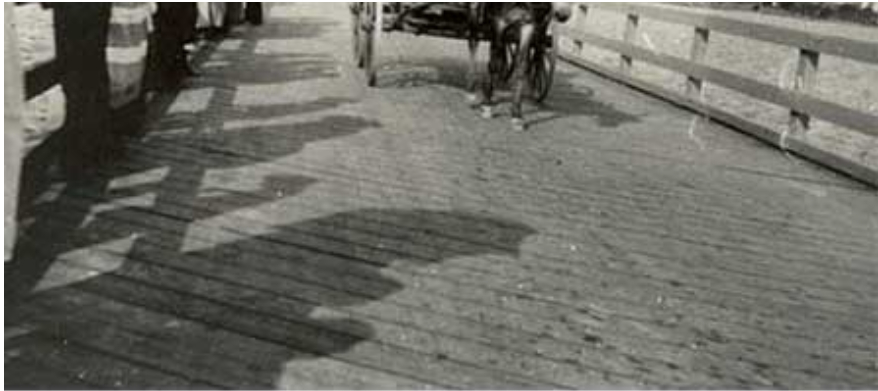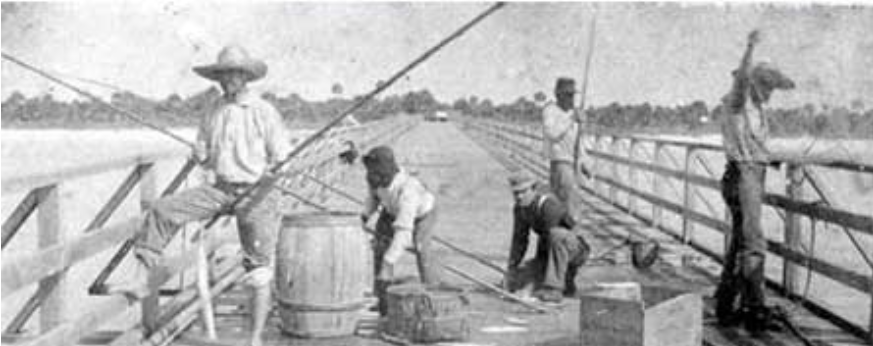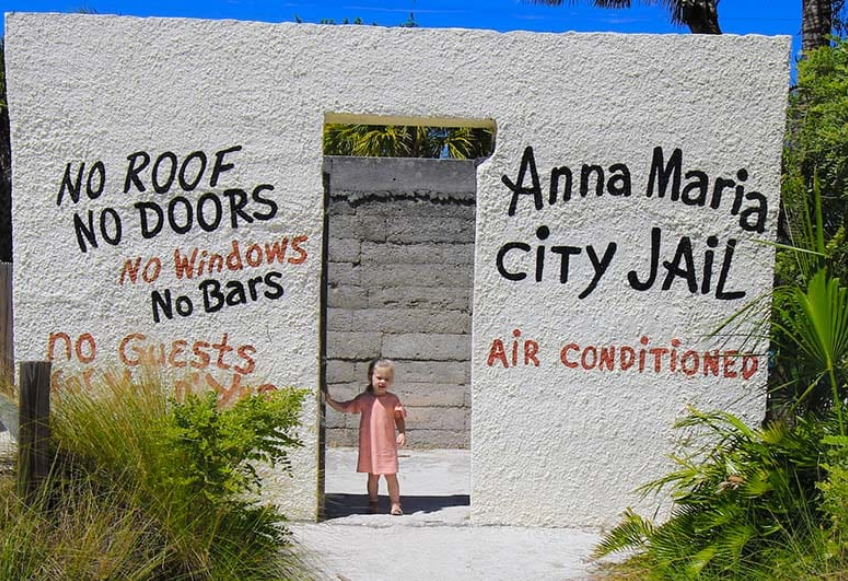Anna Maria Island
An Island in the Sun
Anna Maria Island Florida is affectionately known as The Island in the Sun and is Florida’s best kept secret. With Gulf temperatures averaging 84 degrees and 360 days of sunshine per year the surrounding waters of Anna Maria Island are known as the nursery because of the large number of dolphins that raise their young here. When walking or dining on Anna Maria Island’s gorgeous beaches or its surrounding coast line it is not uncommon to see dolphins playing.
With the island’s laid back charm and leisurely unhurried living, speed limits are restricted to 25mph – 35mph throughout most of the island. This tropical paradise also offers free trolley service for both tourists and residents. A car is not necessary when vacationing on the island or you could park your car for your entire vacation. The trolley tours the island from 6:00 am – 10:30 pm and runs every 20-30 minutes.

Getting Here
Anna Maria Island is located on Florida’s Gulf coast 40 miles south of Tampa Bay and 7 miles west of Bradenton Florida. The island is the northern most of a string of barrier islands that stretch along the coast in a southerly direction.
Anna Maria Island Florida is accessed by 3 draw bridges; two from the mainland and one from Longboat Key. Many residents leave their cars in their garages and travel Anna Maria Island by bicycle, scooter or boat. Tourist have the same options of traveling Anna Maria Island Florida as well as FREE trolley service.
Island History
Anna Maria has the distinction of being the first Anna Maria Island city where settlers established homes. The first homesteader on the entire island was George Emerson Bean, a world traveler from Connecticut. He built his home near the present location of the Rod and Reel Pier in 1893 and homesteaded 140 acres, from the North Point (Bean Point) to what is now Magnolia Avenue, where the Island Community Center is located. His son, George W. Bean, became the first land developer and with John Roser formed the Anna Maria Beach Company. Streets and sidewalks were aid out; homes and a water system were built.
In 1911, before there was a bridge, a dock was constructed into Tampa Bay at the end of Pine Avenue. Excursion boats made daily trips, docking at the pier bringing supplies and visitors to the island.

In 1913, John Roser built the first church on Anna Maria Island on Pine Avenue. The lighted cross on the steeple of Roser Memorial Community Church was a beacon for fishermen. Captain Mitch Davis, the first mayor of Anna Maria City, was elected in 1925, just after the city was incorporated. Following the incorporation, electricity was brought to the island.
The first school was built on Magnolia Avenue in 1930, where the Island Community Center stands today. The Island Players Theater, at the Gulf end of Pine Avenue, was a home in the farming community of Parrish before it was floated down the Manatee River in two sections on barges.
Transportation on the island was by horse and wagon until Cortez Bridge was built in 1921. The rickety, wooden bridge was replaced by a modern concrete structure in 1957. Another bridge was built at the same time in Holmes Beach linking the island to Bradenton. The mail was brought from the mainland in the early 30’s by a colorful character, Harry “Uncle Sam” Ditmas, who once requested that the sheriff lock him in jail for the night because his wife was so angry at him.


The Anna Maria Island Historical Society,formed in 1990, operates the Island Historical Museum at 402 Pine Avenue, adjacent to the Old City Jail. The museum was originally built as an ice house in 1920 and the jail was built in 1927. It was really used to detain Islanders who got too rowdy. It was open air and the mosquitoes almost carried them off. The Old City Jail is now a popular landmark and a favorite subject for photographers.
You will find many of our colorful historical island characters roaming around Food and Wine on Pine,an island festival that takes place in May celebrating the art, music, history and the variety of dining choices our island offers (along with wine and craft beer).
Island Flora and Fauna
Anna Maria Island is in the upper part of the sub-tropics, which means we have beautifully colorful plants and trees. People ask if we miss the seasons — yet we DO have seasons, not particularly in temperature, but in color. Home owners hang orchids from their trees, and small house plants that people have up north grow into spectacular trees down here. The prettiest trees are the Jacaranda trees (known for their showy clusters of bright purple flowers that bloom for eight weeks in the spring), the red Royal Poinciana, the Yellow Tabebuia.
The island, surrounded by water and interlaced with canals, is host to many amazing sea creatures — among them are Loggerhead Turtles, Manatees and dophins. Loggerhead turtles are a protected species and we have the Turtle Watch — a group of wonderful folks who search the beaches for nests and protect those nests until the eggs hatch (it is illegal for anyone to tamper with the nests). Manatees are also protected here in Florida — they are commonly seen in the summer when they leave their winter warm waters and migrate south. The dolphins can be seen in the bay and the Gulf, more profusely at sunset.



